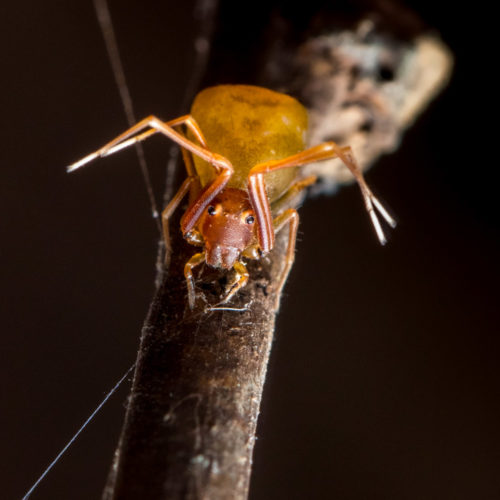
In nature size matters. But the brain can outwit brawn. All spiders are efficient, but small predators. Spiders have evolved a range of predatory behaviours that allow them to evade and deceive several of their prey. This crab spider outwits ants by mimicking them and living amongst them so that it can feed on them.
This Ant-Like Crab Spider (Amyciaea forticeps) belongs to Crab spider Family Thomisidae. This spider imitates weaver ant (Oecophylla smaragdina). I found it in my garden next to the weaver ant nest. resting on a dry twig. I used Godox AD 200 flash on a light stand and used a 60cm octa box to diffuse the light. I had to reposition the light many times during my shoot, but the spider was quite cooperative with all my circus. I captured it with Canon EOS 80D with Canon EF 100mm f/2.8L Macro IS USM lens.
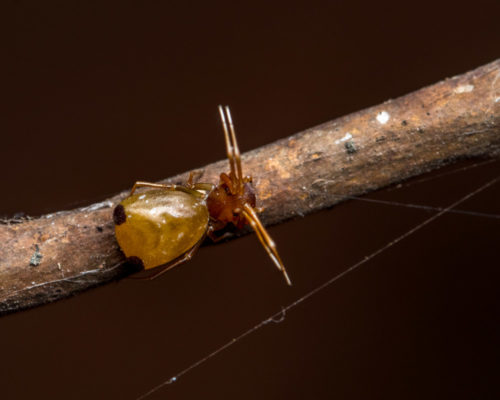
Crab spiders have a characteristic style of sideways movement, like crabs. The body is not as hairy as in most spiders. They are slow-moving spiders which do not actively hunt like Wolf Spiders. Instead, they remain stationary and wait in ambush for some unsuspecting insects to land in front of them. The first two pairs of legs in most Crab Spiders are longer and heavier than the third and fourth pairs and are armed with spines for holding and grasping prey.
The abdomen of Ant-Like Crab Spider (Amyciaea forticeps) imitates the head of the weaver ant with the two dark dots on their back simulating the ant’s eyes, when looked from behind (which is what most of the time greeted to unsuspecting weaver ant workers). The first two pairs of legs are often jerkily held up and down while the spider moves about in an advance-and-halt fashion mimicking ant’s jerky movement. They live close to the weaver ant nest especially on the host trees of Weaver ants.
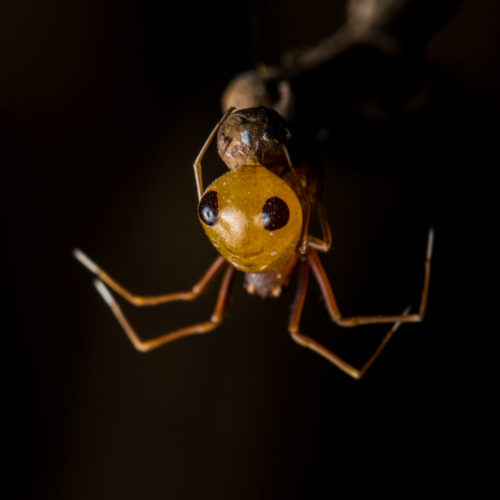
It feeds on unsuspecting weaver ant workers at night. On seeing an ant, it pounces on the ant. While holding the ant in its jaws and anchoring itself with a safety line of silk, it falls with the ant. The silken safety line allows the spider to remain suspended in mid-air where the ant has no chance to mount a counter-attack. The ant soon ceases its futile struggle when the venom takes effect.
More than 300 species of spiders are known to mimic the outward appearance of ants, a phenomenon called myrmecomorphy. Ants are aggressively territorial which are avoided by several predators, thus making them the perfect creatures to impersonate.
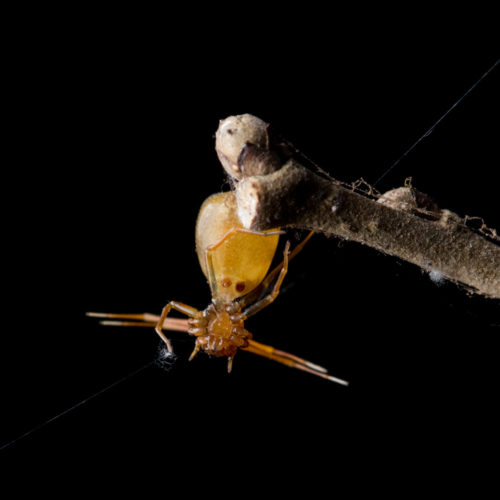
Spiders anatomically differ from ant-like insects in several ways. They don’t have a “waist”. So, most ant-mimicking spiders have a “false waist” and are covered with reflective hairs to simulate the shiny, three-segmented bodies of ants. Amyciaea has the back end that mimics the face of weaver ant with huge spots which look like ant’s compound eyes. When ants approach their supposed nestmate, the spider moves in for the kill.
Having four pair of legs gives another advantage. The spiders also behave like ants by waving their front pair of legs near their heads like antennae and adopting an erratic zig-zag pattern of movement that is more like ants than spiders.
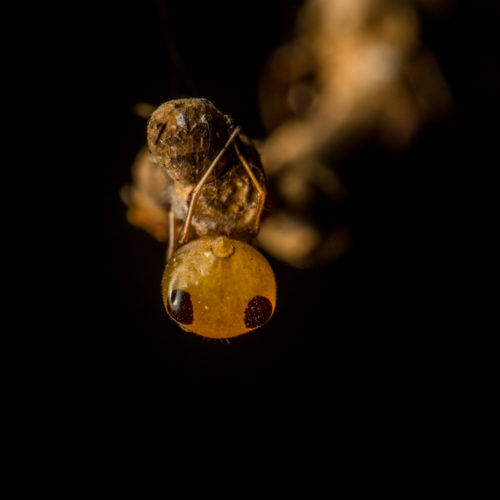
There are two reasons why a spider would want to mimic an ant: to eat them and to avoid being eaten by them.
The first reason where the spider wants to eat ants is termed as “aggressive ant-mimicry”. It is a rare but intriguing phenomenon – and it is employed by spiders to deceive their prey. Ants make for dangerous prey – they have strong jaws, poisonous stings, and chemical defences – and, acting collectively, can launch strong attacks. Aggressive ant-mimicking spiders thus prefer to attack their victims while they are alone. And after killing the ant the spider also has to ensure that other ants do not attack it while it carries the corpse to its nest. Amyciaea belongs to this category of mimicry.
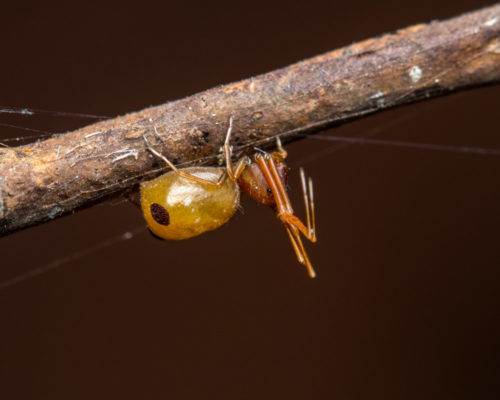
Aggressive crab spiders typically jump on a lone unsuspecting ant and bite it. Then, in order to avoid encounters with other ants, the spider and its victim fall away on a safety line made of the spider’s silk while the venom takes effect.
At the other end of the spectrum is “Batesian mimicry”, a tactic used by spiders to deceive their predators. Batesian ant-mimics dishonestly advertise the unpalatable characteristics of ants as their own, thus deterring those predators that have an innate aversion to ants.
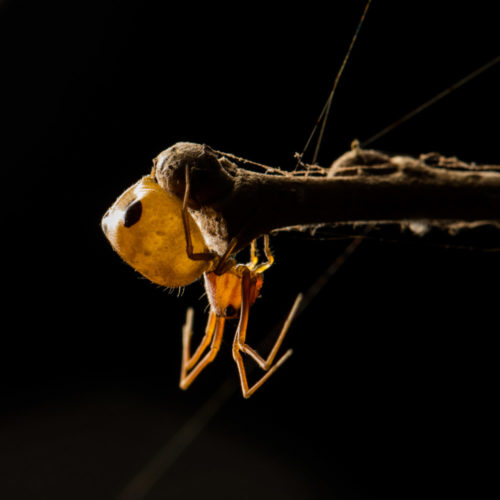
Fourteen genera of jumping spiders (Salticidae) mimic ants. The jumping spider genus Myrmarachne are Batesian mimics which resemble the morphological and behavioural properties of ants to near perfection. These spiders mimic the behavioural features of ants such as adapting their zig-zag locomotion pattern, and the act of creating an antennal illusion by waving their first or second pair of legs in the air. The slender bodies of these spiders make them more agile, allowing them to easily escape from predators. Studies on this genus have revealed the major selection force, the avoidance of ants by predators such as spider wasps, that has driven the evolution of ant mimicry in spiders.
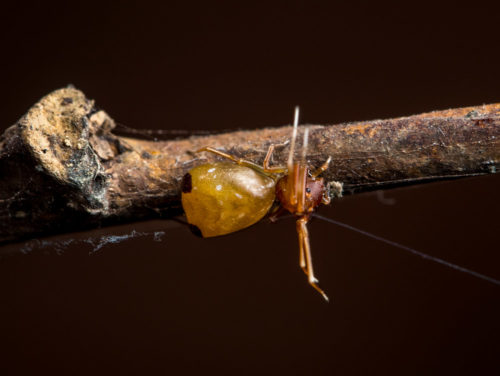
You can check my blog – Ant Mimicking Spider – https://drkrishi.co.in/ant-mimicking-spider/ for further details on Batesian mimic Spider.

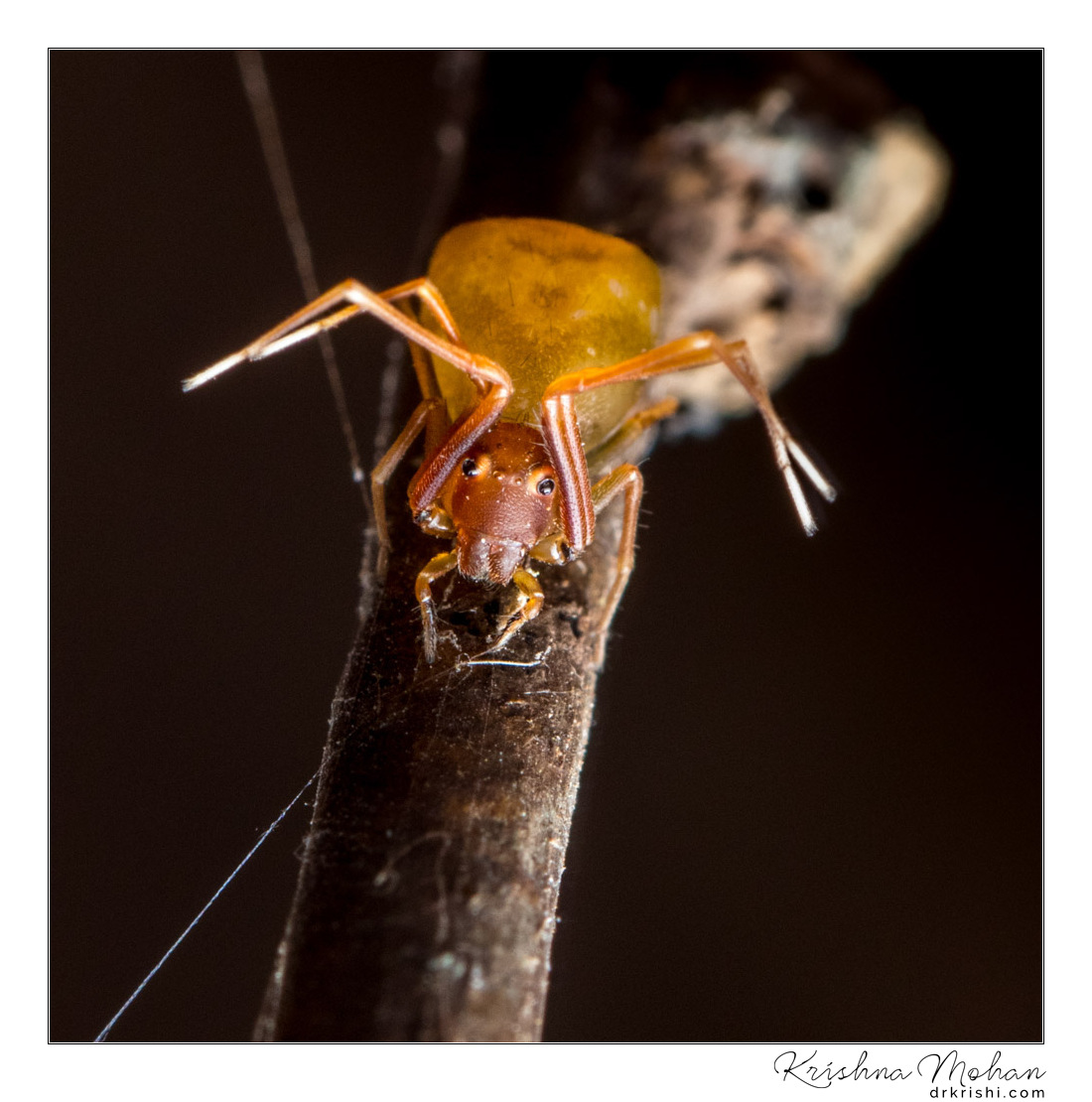
Hello sir! I am a student of KMC manipal & was wondering if you provide some internship or courses for photography because i too want to pursue it while in college. Thanks
ಈಚೆಗೆ ಈ ಜೇಡದ ಚಿತ್ರ, ಚೂರುಪಾರು ವಿವರಗಳನ್ನು (ನಿಮ್ಮ ಪರೋಕ್ಷ ಶಿಷ್ಯ?) ಅಭಿಜಿತ್ ಎಪಿಸಿ FBಯಲ್ಲಿ ಹಾಕಿದ್ದು ನೆನಪಾಯ್ತು. ಇದೂ ಚೆನ್ನಾಗಿದೆ.